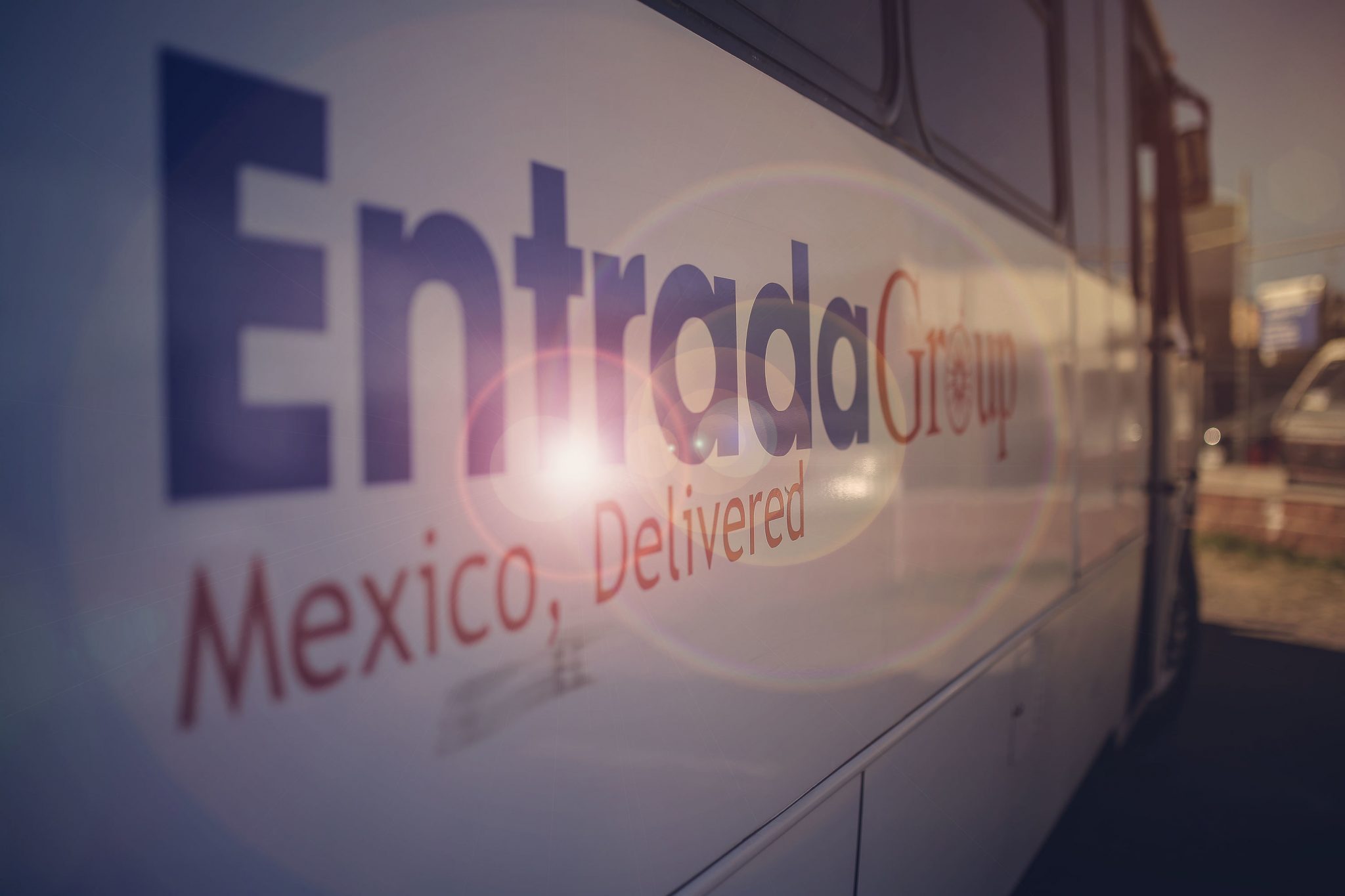The Key Behind Mexico’s Shift to High-Value Manufacturing
Commentary by JP McDaris
Much has changed in the past two decades since NAFTA was implemented. Mexico is no longer a low-wage sourcing location that focuses mostly on inexpensive consumer and non-durable goods for the US market. Mexico’s workforce is now more skilled, the country’s middle class is growing and the products coming out of Mexico are of higher value, made for not just the US market, but also for South America, Europe and Asia
Mexico has evolved into a truly global manufacturing hub
Mexico’s proximity to the US market is clearly still a competitive advantage, as is the quality of Mexican infrastructure and logistics. “In Mexico, you’ve got multiple points to enter the US via truck, and trucks are a lot more consistent on the highway than vessels on the open ocean,” said Troy Ryley, managing director of Frisco, Texas-based third-party logistics provider Transplace Mexico. “It’s a matter of days by truck, rather than weeks at sea.”
For example, one US importer responded to a survey from JOC.com about the supply chain plans of shippers due to ongoing labor unrest among West coast US longshoremen. He wanted to shift as much production as possible from China to Mexico. Mexico enables much shorter travel time to US/Canada than other cost-competitive production locations. And Mexico offers multiple points of entry to the US by truck and rail, lessening the effects of a closure at a single entry point.
Mexico has also streamlined their customs procedures, shortening delivery times of large products like automobiles, aerospace products and appliances that don’t fit well in containers. In addition, cars can be transported from Mexico to the US by rail or by ocean. The Panama Canal administrator, Jorge Quijano, recently stated that they’ve seen an increase in the traffic of car carriers transporting cars from Lazaro Cardenas (on Mexico’s west coast) through the canal to the US east coast. But if Mexico improves the roads or rail transport to Veracruz, more shipping could occur directly to the US east coast through the Gulf of Mexico.
Mexico’s Education Advantage
The Mexican government remains committed to funding education and at taking steps to involve industry where possible in private-public partnerships to raise the skill level of workers. About 230,000 engineers graduate from Mexican colleges and universities every year, meaning the workforce is better equipped to handle sophisticated processes and implement more advanced manufacturing than what was typically possible in the past.
To get a sense for Mexico’s commitment to education, consider these numbers:
- In the last ten years, the number of two-year colleges and four-year universities has doubled in Mexico, according to the Washington Post
- The number of recent engineering graduates rivals that of the US, according to the American Society for Engineering Education
- According to the national Polytechnic Institute in Mexico, 60% of the 163,000 students enrolled there are studying engineering
- Overall across Mexico, university enrollment has tripled in the past 30 years with nearly 3 million students, according to the Washington Post.
This trend of commitment to education shows no sign of letting up. It should enable the capabilities of the Mexican workforce to continue to improve.
Source: Joc.com



